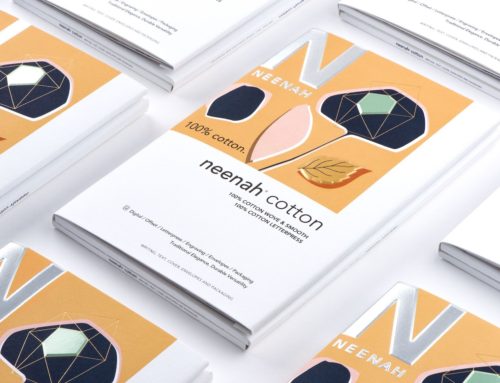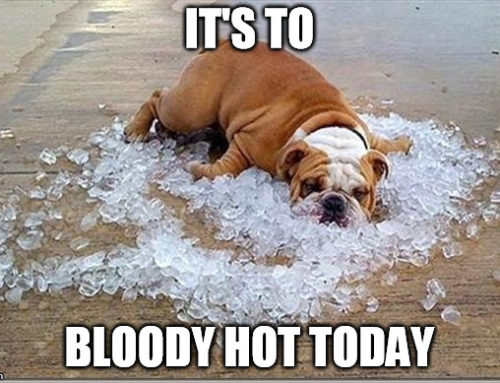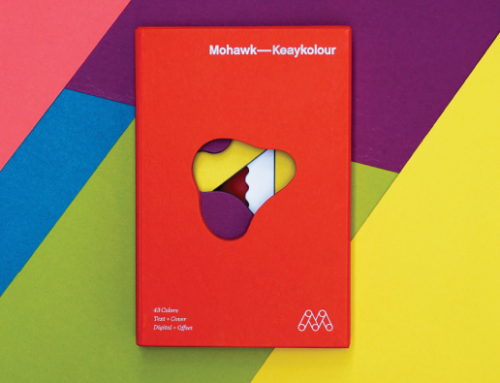By Gail Nickel-Kailing on July 10th, 2008
Because Going Green is your resource, questions are always welcome and I’ll try to track down an expert answer for you. This week, a reader asked:
I have heard that paper vellums are inherently environmentally un-friendly because of the process by which they are made. However, I’ve been looking around, trying to find something to back up that claim, and I can’t find a thing!
Sabine Lenz, PaperSpecs, provided the answer for me.
Transparent papers – or vellums – are basically made from the same fibers as opaque sheets. In the case of translucents, the fibers are more fibrillated, creating a net of fiber that is more loosely bonded than your average paper fiber. Also, no fillers are added, which the paper needs to become opaque.
In the “naturally translucent” sheets, the air pockets in the paper are “pressed” out and what remains is a very tightly packed web of cellulose fibers. These papers are as easily recyclable as any other paper and some are FSC-certified or contain recycled fiber.
Having said this, there are also translucent sheets that are “chemically transparentized.” This means that they are first manufactured as opaque papers and then treated with petrol-chemically-based resins to make the paper translucent (almost like the effect of spilling cooking oil on a white shirt). This process tends to make the fibers more brittle and, due to the added resins, the paper is not recyclable.
How can you tell the difference?
Most mills call out if their paper is naturally transparent and recyclable. But another easy way to tell one from the other is by looking at the product items being offered. Chemically transparentized sheets are more brittle and do not fold without cracking. So, they are not recommended for folding and saddle stitching and you won’t find readily made envelopes.
Most, but not all, of the transparent papers available in the U.S. market are naturally transparent and thus, more friendly to the environment.





